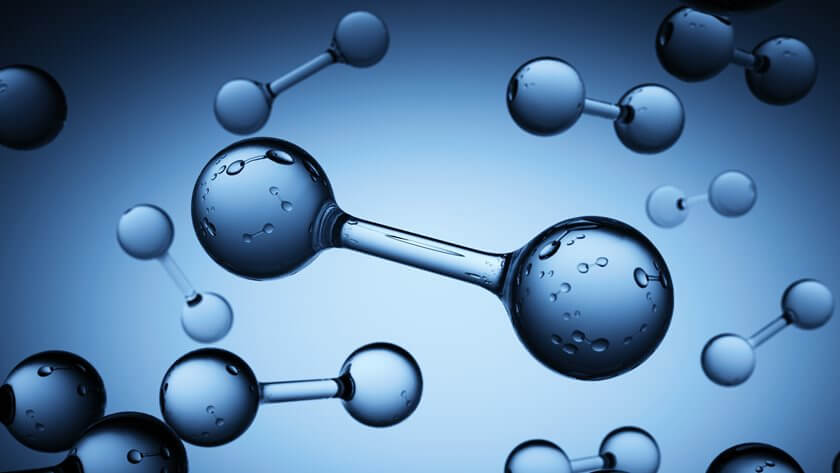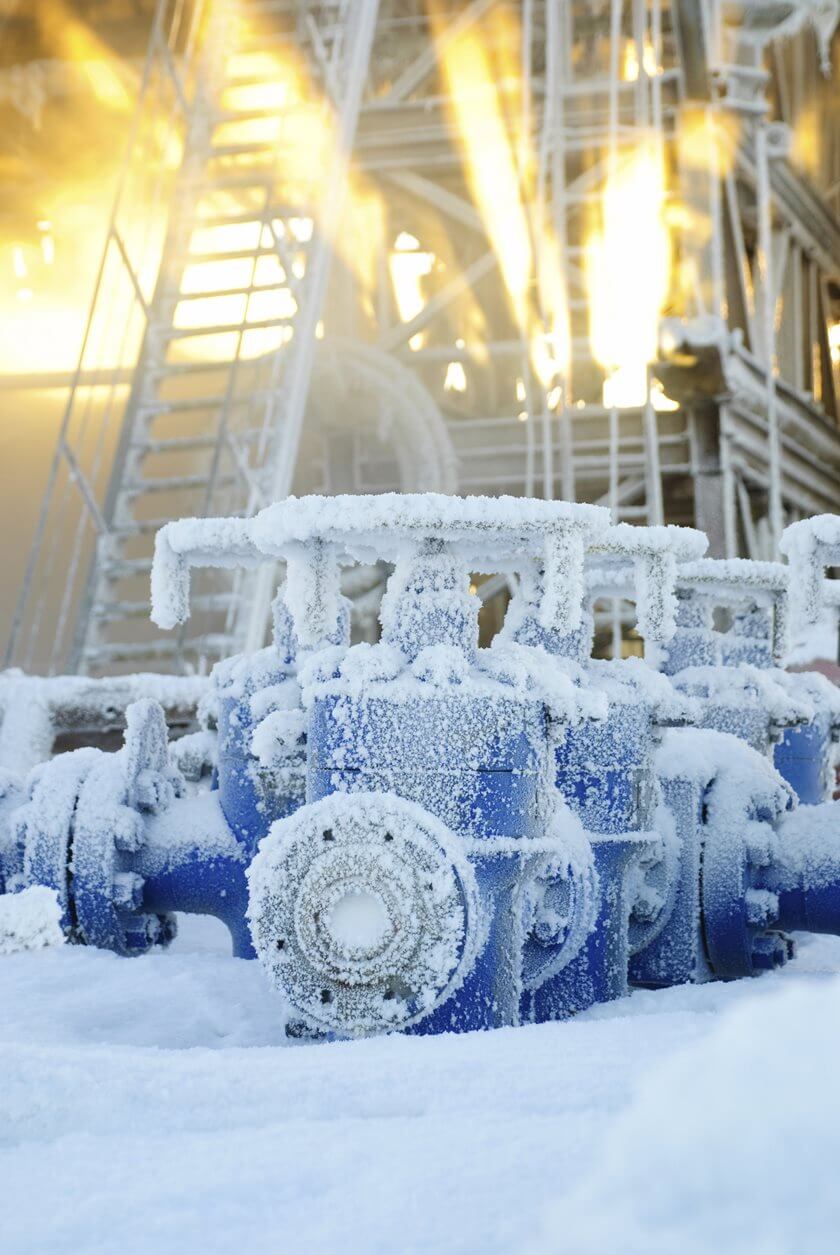You are currently viewing the James Walker Global website.
You are currently viewing the James Walker Global website.

'Handling' liquid and gaseous forms of hydrogen presents a unique set of technical challenges.
May 27, 2022Hydrogen is being explored globally as a potential energy vector as part of the transition to low carbon energy sources and net zero emissions. Hydrogen is a small molecule, found in a gaseous state at room temperature and ambient pressure. It becomes liquid at -253°C which has the potential to allow much greater volume storage easing transportation.
'Handling' liquid and gaseous forms of hydrogen presents a unique set of technical challenges.
Given hydrogen has a lower ignition temperature/energy and requires a lower oxygen content to ignite when compared to natural gas, any safety concerns are clearly well-grounded. Hydrogen also has a higher flame speed and burns at higher temperatures in air. This combination of properties has the potential to present significant safety risks and as a result, appropriate safety management is needed to mitigate any uncontrolled releases, leaks or even explosions.
 Sealing challenges with hydrogen generally fit into three main categories:
Sealing challenges with hydrogen generally fit into three main categories:
• The extreme variations of temperature involved in creating, processing and transportation
• The chemical interactions it has with other
materials
• The physical interactions it has with other materials
Currently, the most common method of creating hydrogen is through steam methane reforming (SMR). Methane and steam are reacted at very high temperatures to produce carbon dioxide and hydrogen. The high temperatures can present sealing challenges including degradation of materials, and require careful material and product selection to ensure successful performance. Typically, seals from our compression packing and gasket ranges are selected for this industrial process.
Hydrogen is also known to interact with different materials. Wide ranging and in-depth research has already established how hydrogen interacts with some metals, causing hydrogen embrittlement and hydrogen induced cracking. These interactions can lead to catastrophic damage and system failures, but can be mitigated through careful material selection and an understanding of the service conditions. This is particularly important for the selection of seal housing materials and metallic inserts in seals such as springs and anti-extrusion features.
It is generally accepted that chemical interactions such as those seen in metals are less likely to occur in polymeric materials such as elastomers and plastics although there are areas such as longer term ageing effects, particularly at higher temperatures, that may need further consideration. The range of polymers, additives and processing techniques means the number of potential products that could be exposed to hydrogen is vast with many proprietary formulations on the market. Relevant and publically available research is scarce, and possible physical interactions need careful consideration.
 Physical interaction between certain polymer based materials and hydrogen is almost certain to cause some effects that could affect sealing performance. The small mobile nature of hydrogen means that is has the potential to interact with the polymer matrix, resulting in changes to properties that may affect sealing function. It is also searching, and may find ways to escape, presenting a safety risk if able to accumulate. Careful material and product selection and an understanding of the material characteristics is needed to ensure safe storage, transportation and use of this potentially explosive gas.
Physical interaction between certain polymer based materials and hydrogen is almost certain to cause some effects that could affect sealing performance. The small mobile nature of hydrogen means that is has the potential to interact with the polymer matrix, resulting in changes to properties that may affect sealing function. It is also searching, and may find ways to escape, presenting a safety risk if able to accumulate. Careful material and product selection and an understanding of the material characteristics is needed to ensure safe storage, transportation and use of this potentially explosive gas.
James Walker continues to undertake work to characterise the performance of its materials and products for hydrogen service to ensure customers can make selections based on test data, providing confidence when specifying solutions. For example, our research has highlighted the risk that hydrogen can present in rapid gas decompression scenarios which highlights the importance of using suitable materials.
Materials from our range of plastics and elastomers have been characterised, along with testing and validation of products from our gaskets and compression packing ranges all of which are essential for safe sealing of hydrogen in a range of applications. Our sales and techncial support teams are always happy to discuss specific applications and requirements in more detail and work with you to select and approve appropriate sealing options.


Want to discuss your project, engineering or materials challenge expert to expert? Simply provide us with your contact details and a little information about the application you are working on, and one of our experts will contact you as soon as possible.